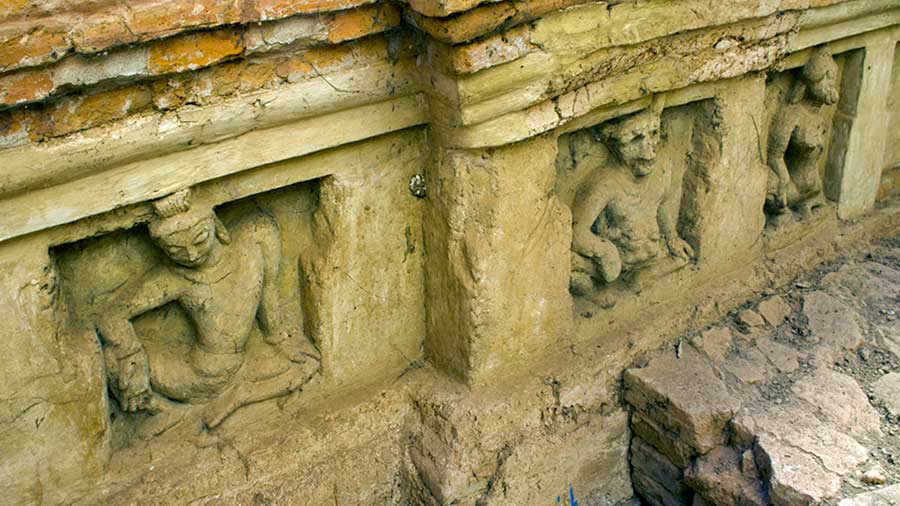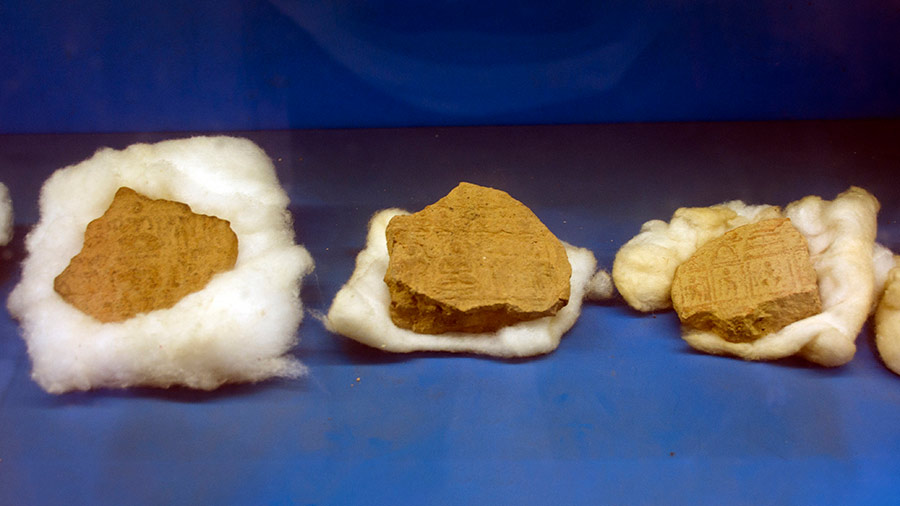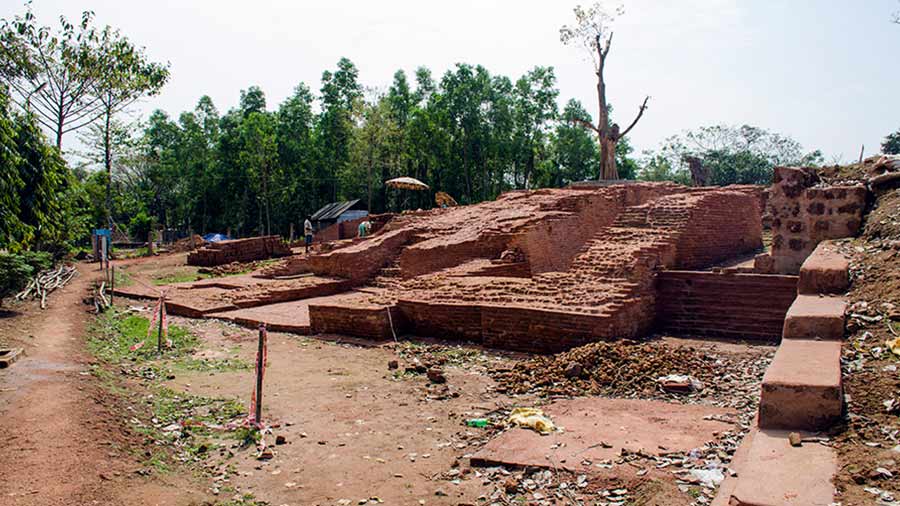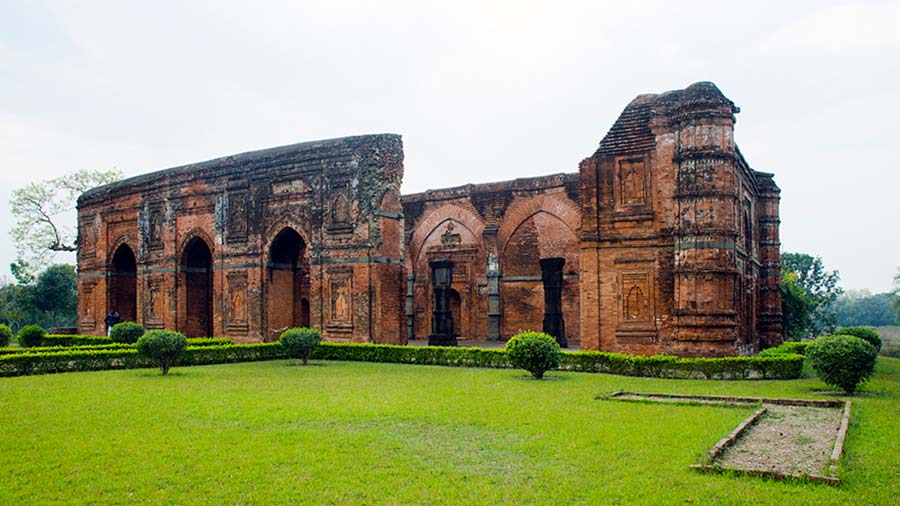Since the turn of the millennium, the village of Moghalmari in West Midnapore has drawn historians and archaeologists like moths to a flame. The name of the village, which literally translates to ‘killing of the Mughals,’ rather morbidly suggests that Moghalmari was possibly a site of bloodshed and slaughter. It was here that a pitched battle between the Mughals and the king of the region took place, and although the Mughals emerged victorious, many of their soldiers were killed. But that is not all that Moghalmari is known for among historians.
The village has been the site of archaeological excavations for a long time, and these endeavours have been rather fruitful. It turns out that entombed in this quiet little village are crucial pieces of lost history. Ever since the excavations began, precious artefacts and structures dating back centuries have been recovered from Moghalmari.
The first of these excavations were initiated by Prof. Ashok Dutta of Calcutta University’s Archeology Department, based on an 1873 report by British surveyor H. L. Harrison. Unfortunately, one of the main mounds — now known as Sakhisener Dhibi or Sashisener Dhibi — that was to be excavated by the archaeological team lay buried directly beneath the local club building (Tarun Seva Sangha O Pathagar). It was not until 2003 that excavations surrounding the building started.

The Tarun Seva Sangha O Pathagar club still sits atop the mound
Over the next few years, the excavation continued in Moghalmari under the supervision of Prof. Dutta. In 2012, the West Bengal state archaeology department took over the excavation of the mound. Eventually, what was unearthed was a huge complex with massive walls, dating back to the 6th and 7th centuries. The artefacts recovered from the site and the structure itself hint at the fact that the excavated edifice is one of the 10 Buddhist Vihars near Tamralipta (now Tamluk) that the famous 7th-century Chinese traveller Hiuen Tsang (also known as Xuanzang) had talked about.

The entrance to the Buddhist Vihar unearthed in Moghalmari
What now remains is a massive brick structure, which was built in two stages, with one level built over an older structure.

The exposed ruins of Moghalmari
The southern wall, presently protected by a temporary shed, is embellished with decorative bricks and delicate stucco floral motifs, mostly lotus and lotus petals. In the shallow niches of the walls are human figures.

Stucco work and human figures grace the walls of the excavated ruins
Today, the club building still sits on top of the mound and has been converted into a museum, which houses a series of photographs showing the different stages of the Moghalmari excavations, ever since they began in 2003. The building also has on display a series of artefacts, including brickbats, pot sheds, pottery and decorative bricks, found from the site. The excavated area surrounds the building and conservation work is still in progress.

The artefacts recovered from the site are on display at the museum
Travel details:
Those who wish to visit Moghalmari can take the Kolkata-Bhubaneswar highway. After passing the Nekurseni Station, look out for a road sign put up by West Bengal State Archaeology that suggests a right turn.


